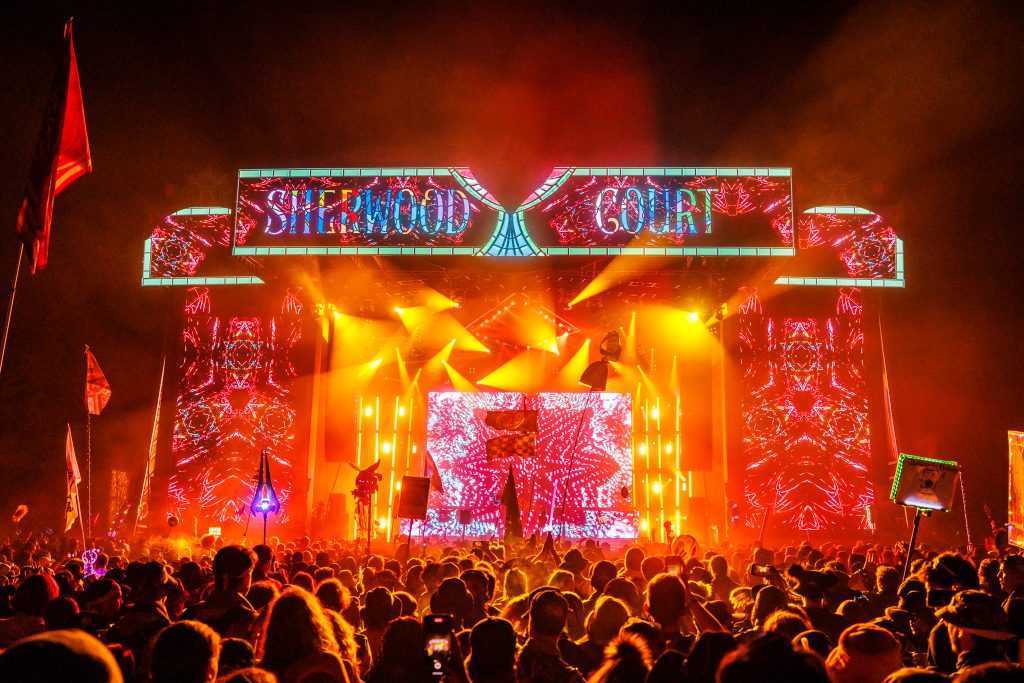Whether an electronic music festival, movie premiere or a corporate party, one thing is certain, no two live events are the same. However, by demanding high video performance, with flexible and seamless on the fly control for real-time changes, you will never fail to deliver.
Aside from video playback come other challenges for live events including combining mixed signal types and resolutions while also being able to flawlessly deliver additional client demands like seamless switching, picture-in-picture and logo layers – all at the highest quality and at the lowest latency for lip sync perfection.
Finally, to achieve live event perfection, operators and designers must be able to work together with fully integrated workflows from inception, design, and show play out, ensuring maximum efficient and to ultimately reduce the time from the idea to inception is as a short as possible. Read on to find out how to go from a festival dilemma to festival perfection.
Stay flexible – Adapt to succeed
Live events demand flexibility. One off events will have inevitable, last minute changes to images, screens, or adapting to the line-up, which means that you can only trust in gear that is designed from the ground up for flawless operation, speed of use, and that allow real-time changes.
For your Media Servers, that means being able to encode and playback your video while being able to adapt to any changes demanded by the creative team. This could include creating a fresh look on the fly or to change the running order of the show entirely. As the show video is just an element of the performance ecosystem, it must also seamlessly tie in for lighting and other effects, whether this from the lighting console via DMX or via MIDI control. You must never miss a beat, as the crowd demands the all-encompassing visual experience.
You also need to be able to manage all the various video signals through a switcher with full format conversion, therefore nothing less than anything in-anything out capability with exquisite, low latency video for lip sync perfection. Also, consider how you will deliver and switch your sources to many displays with video windowing and overlaid keying to deliver an astonishing, eye-catching, memorable experience that the fans will remember.
Streamline your workflows
In extreme live show environments it is essential that you consider how you can streamline your workflows to reduce stress and remove operator mistakes, while being able to enjoy all the creative options open to you. Demand seamless, end-to-end workflows where you can create the tasks in one software set up and control package including offline options, so that you can start preparation in your studio in advance of the show or tour itself. It is proven that a network-based architecture means that content management, programming, and video mapping can all happen in parallel, so you are up and running fast. Your software must also be simple to use and ideally be able to be set up in either administrator, expert, or user modes so that anyone is able to use it.
Also, consider how you can streamline content creation workflows for uploading media, easy editing and total visibility over the network. Whether you are using a single production system or a networked render farm, creativity against the clock requires that you must plan your workflow meticulously to save precious time using a solution with the best selection of codecs and media management tools to ensure the time from render to playout is as short as possible.
Trust in your signal chain
Even with the best video gear, you will not get a picture on your LED wall if you make poor signal distribution decisions in the harsh live performance space. You must maintain signal integrity despite the risks of long distance, the electromagnetic (EMC) radiation, or even the potential of your cables being destroyed accidentally by a forklift truck!
Do not choose your signal extension or distribution on price and instead make your selection on real-world performance instead of relying on the ideal “specification sheet” world. Options include transmitters and receivers connected via Fiber or CAT cable or all-in-one Active Optical Cables. For runs between ten to a hundred meters the cable option is a perfect solution, especially if you choose an armored cable with removable, protective end caps.
If you are deploying several small, DC powered items, such as extenders or format converters, you can save space, speed up fault finding and extend product reliability by using a rack with integrated multi-voltage power, high density mounting and integrated cooling. Typically available in 4RU to 6RU sizes, this simple addition can eliminate many integrations pain points.
Finding the right solution
Download the full version of this blog in order to learn about the solutions tvONE and Green Hippo can offer:
